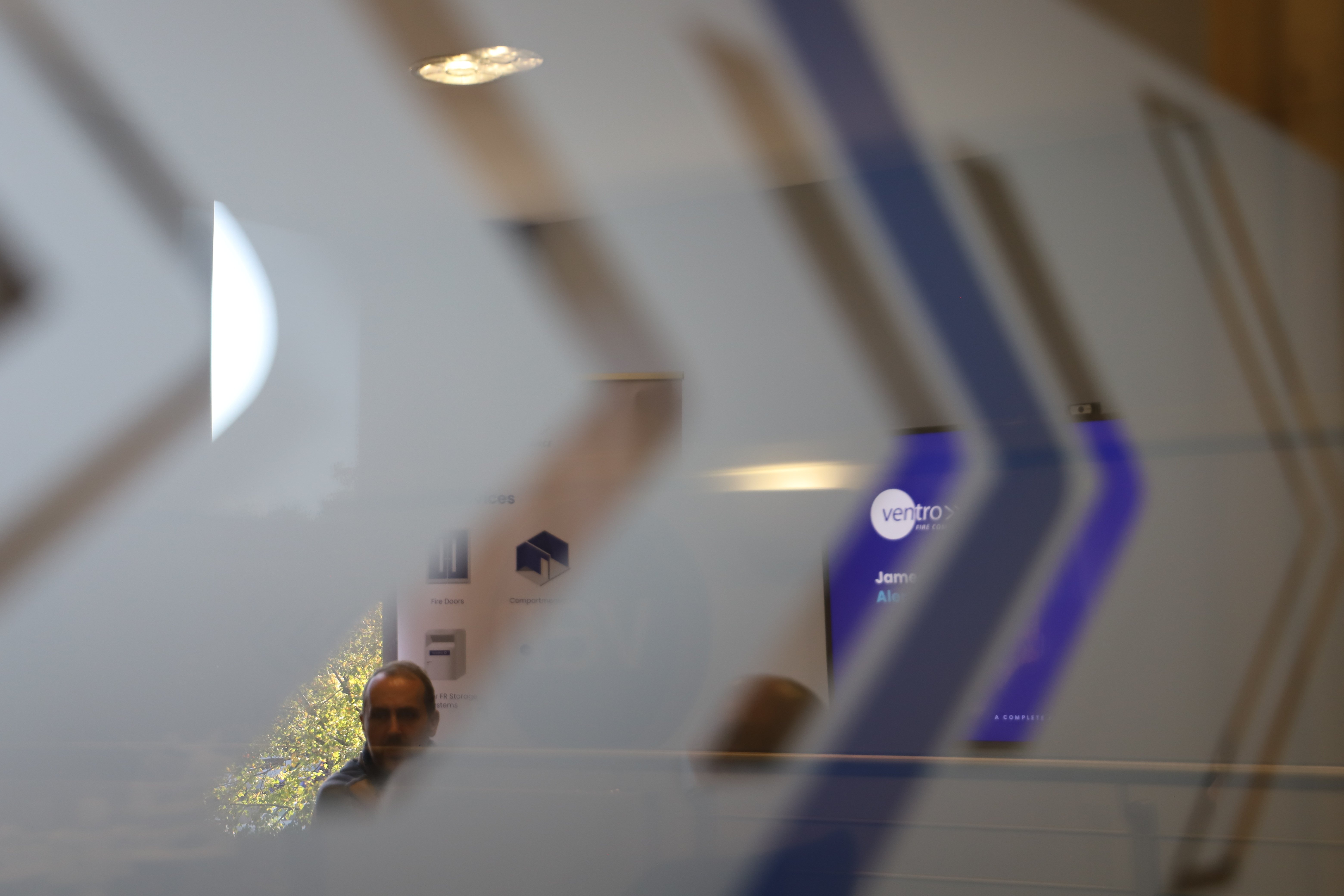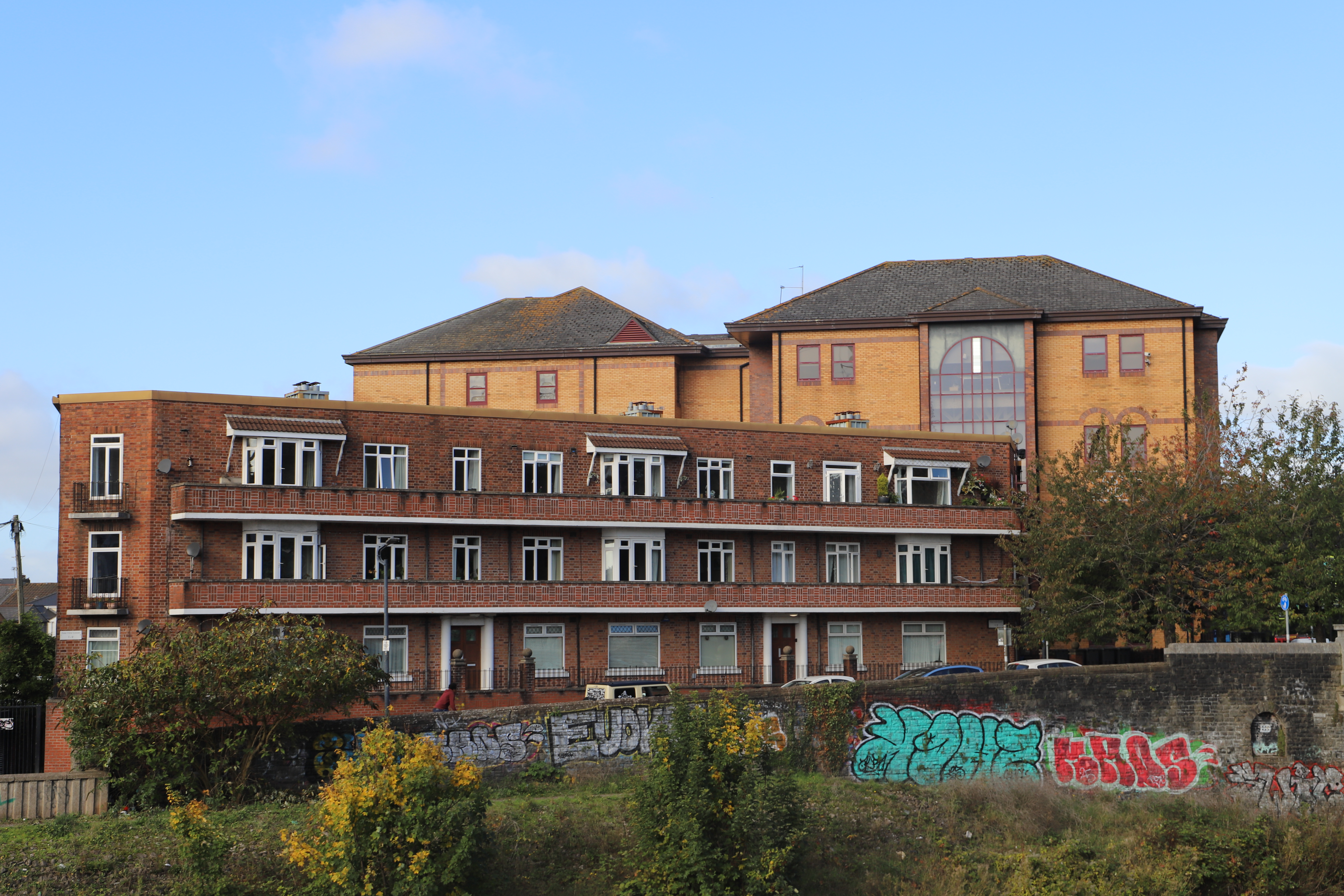As technology advances, access control has become a cornerstone of modern building security. In commercial environments, from offices and retail premises to healthcare and education facilities, managing who can enter, where, and when is essential to protect people, assets, and data. However, beyond the technology itself, compliance with fire safety, accessibility, and data protection legislation is critical to ensure systems are both effective and lawful.
What is Access Control?
Access control systems regulate entry to buildings or specific zones within them, offering tailored security that matches operational needs. These systems range from traditional keypads and card readers to sophisticated biometric and cloud-based solutions integrated with wider building management systems. The aim is to create a balance between security, safety, and convenience — ensuring that authorised individuals can move freely while maintaining protection and compliance across all access points.
Legislation and Compliance
For commercial buildings, access control systems fall under several areas of UK legislation. The Regulatory Reform (Fire Safety) Order 2005 (RRO) places responsibility on the ‘responsible person’ to maintain safe evacuation routes. Any electronically locked door must therefore fail-safe in the event of a fire alarm, preventing systems from trapping occupants.
In addition, the Building Regulations 2010, specifically Approved Document B (Fire Safety) and Approved Document M (Access to and Use of Buildings) set clear standards to ensure fire integrity and accessibility. Systems must allow for both secure locking and safe egress for all users, including those with disabilities.
Data protection is another crucial area. Where access control systems store or use personal data such as key fob identifiers, facial recognition, or access logs, building owners must comply with UK GDPR and the Data Protection Act 2018. This includes secure data storage, controlled access to records, and clear communication about how information is used.
British Standards and PAS Guidance
Compliance with British Standards and Publicly Available Specifications (PAS) ensures systems meet performance and safety expectations.
Key standards include:
- BS EN 60839-11-1 – Defines system design, installation, and maintenance requirements for electronic access control.
- BS EN 50133-1 – Specifies functional and grading requirements to match system resilience to the building’s risk profile.
- BS EN 179 and BS EN 1125 – Govern emergency exit devices, ensuring that panic and emergency hardware override electronic locks.
- BS EN 1155 – Covers electrically powered hold-open devices for fire doors.
- PAS 24 – Sets enhanced security performance requirements for door sets and hardware.
- BS 7858 – Relates to personnel vetting and screening for those installing and maintaining security systems.

Integration with Fire Safety Systems
A critical element of access control in commercial settings is integration with fire alarm and life safety systems. All electronic locks on escape routes must automatically release during an alarm to allow for unrestricted egress. Regular testing and clear documentation are essential to demonstrate compliance. Ventro recommends incorporating this review into routine fire risk assessments to ensure continued operational safety and regulatory adherence.
Installation, Maintenance, and Competence
Designing and installing a compliant access control system requires technical expertise and a clear understanding of fire safety principles. Installations should be completed by competent professionals and maintained regularly. Maintenance checks should confirm correct operation, fail-safe behaviour, and data integrity, while keeping thorough records to satisfy audit and compliance requirements.
Best Practice for Building Owners
When planning or reviewing access control in a commercial environment, building owners and managers should:
- Conduct a risk assessment aligned with building use and occupancy.
- Verify escape routes and fire door integration are compliant.
- Ensure data privacy policies meet UK GDPR requirements.
- Select certified components meeting relevant BS/EN/PAS standards.
- Engage qualified installers and maintainers for ongoing assurance.
- Record inspection, testing, and maintenance in line with compliance documentation.
Balancing Security, Safety, and Accessibility
Effective access control is about more than locking doors — it’s about enabling secure, compliant, and inclusive environments. When integrated correctly, access control enhances safety, improves operational oversight, and supports compliance with both fire and building regulations.
At Ventro, we specialise in designing, installing, and maintaining compliant access control systems that work hand-in-hand with your fire safety strategy. Our team ensures every system is risk-assessed, regulation-aligned, and engineered to protect people and property without compromising usability or safety.







